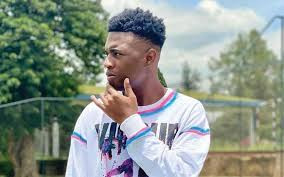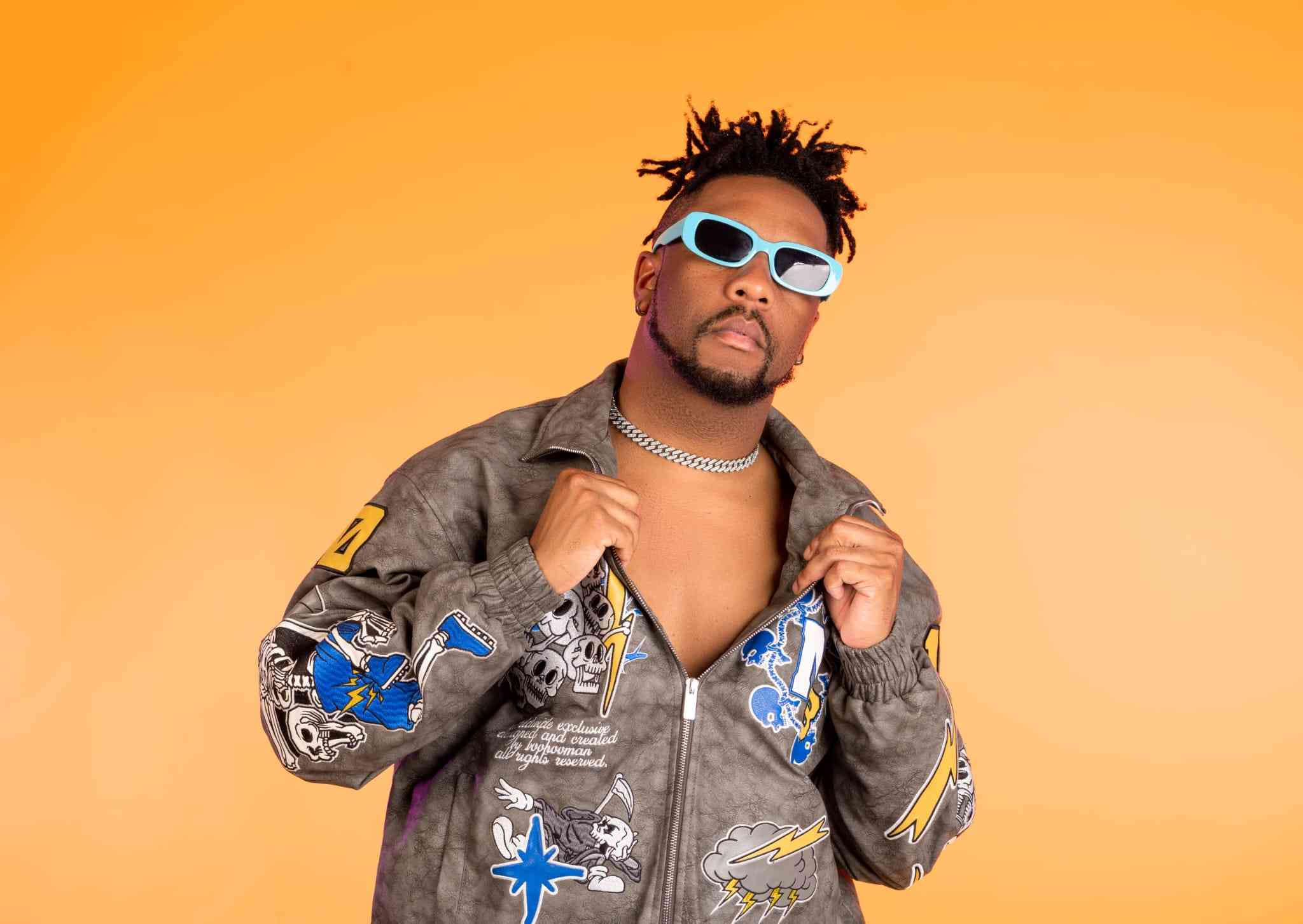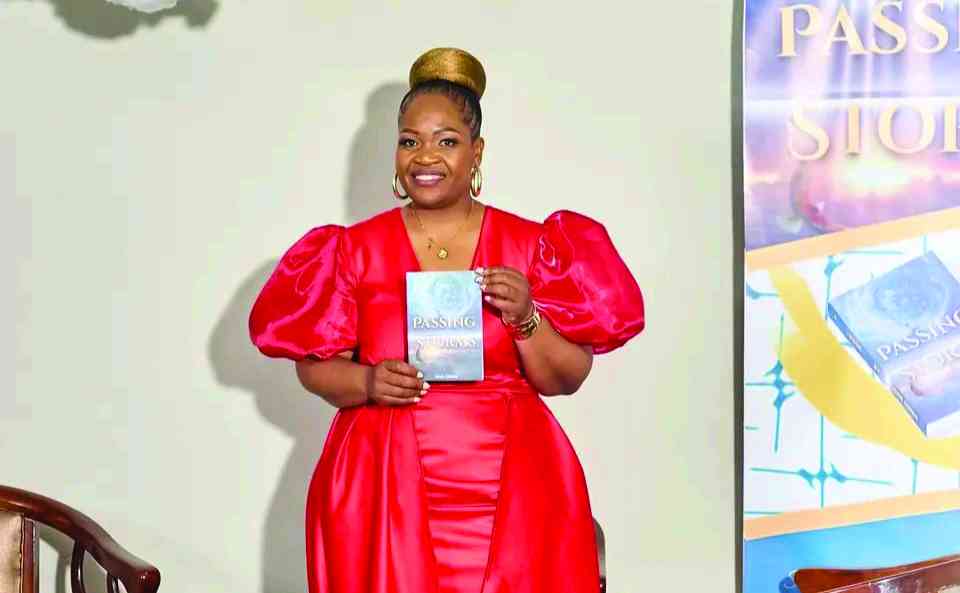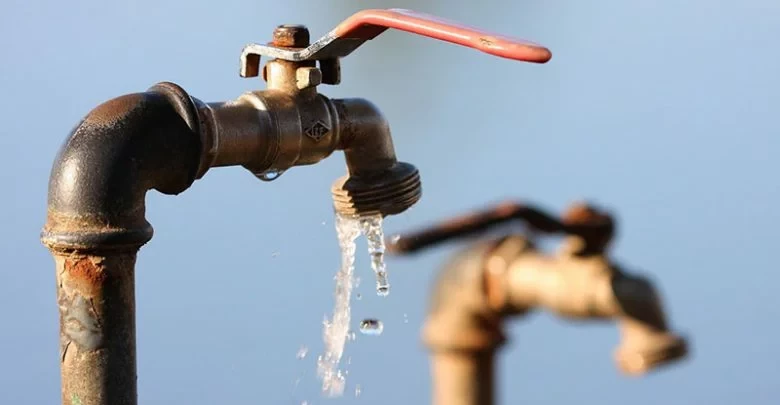
In a world where the spotlight often illuminates performances, exhibitions, and accolades, the shadows that trail behind many male artists often remain unspoken and unexplored.
The creative economy, vibrant as it is, harbours deep emotional undercurrents particularly for men who face societal expectations of stoicism while navigating instability, rejection, and financial precarity.
Mental health, especially among men, remains a largely under-addressed crisis globally, and even more so in artistic circles.
In Zimbabwe and other African societies, masculinity is often associated with endurance, emotional restraint, and economic provision.
The male artist, in this context, becomes an even more complex figure expected to be expressive on stage yet emotionally muted in real life; applauded publicly, yet often struggling privately.
The romanticised notion of the "struggling artist" is not just a cliché, it is a lived experience.
Male artists often work without stable income, formal employment contracts, or access to social protection.
They operate in an ecosystem that values output and visibility, but not always wellbeing.
- Zim health system is in intensive care: How it got there
- Measles threat growing
- Take your child for measles vaccination
- Residents cry foul over Ngozi Mine pollution
Keep Reading
A painter may sell no artwork for months, a musician may perform for free for “exposure,” and a writer may never get published yet all are expected to smile, perform, and carry on.
This emotional and financial volatility often cultivates a fertile ground for depression, anxiety, and substance abuse.
According to World Health Organisation data, men are less likely to seek psychological help, and artists often self-medicate with drugs or alcohol as a coping mechanism.
In recent years, Zimbabwe has seen rising reports of male creatives falling into depression or, tragically, dying by suicide, and these are stories whispered in studios and bar corners, but rarely addressed in mainstream conversations.
The arts sector, ironically, can serve as both the pressure and the therapy.
While creative expression offers cathartic release, it is not always enough.
In fact, being in a profession that demands constant emotional output can lead to emotional exhaustion; a form of artistic burnout.
This is compounded by societal expectations that discourage men from being vulnerable. An actor who breaks down after a failed audition may be told to “man up” rather than be offered emotional support.
There is also a dangerous silence that permeates the male creative space, which is an absence of safe platforms to talk about failure, fear, or fatigue.
In community gatherings, rehearsal rooms, or backstage lounges, mental health rarely finds a seat at the table.
Yet, beneath the performance costumes, men carry the weight of unpaid bills, family expectations, and the fear of irrelevance in an increasingly competitive digital landscape.
However, some artists are beginning to break this silence. Through poetry, film, music, and spoken word, male creatives are finding ways to voice their struggles.
Movements like artivism where art meets activism are gaining ground, creating space to challenge toxic masculinity and champion mental health.
Songs that speak of anxiety, plays that interrogate fatherhood, or paintings that depict emotional trauma are subtle acts of rebellion against a system that expects men to suffer quietly.
Support structures, though still limited, are emerging. Mental health awareness campaigns targeting artists are slowly gaining traction.
Organisations such as Mental Voices in Zimbabwe, and collectives like Art Therapy Africa, are beginning to curate safe spaces where male creatives can share, heal, and access professional help.
More importantly, such initiatives are validating the idea that being vulnerable does not make one weak, it makes one human.
To truly transform the landscape, the arts industry must embed mental wellness into its fabric.
This means funders, curators, and producers should include psychosocial support in their programming.
It means rethinking how we define artistic success not just in awards or audience numbers, but in wellbeing and sustainability.
Male artists must also be supported to build peer support networks and brotherhoods that offer more than just collaboration, but real emotional anchoring.
Mental health should not be treated as an afterthought or a crisis response, but as a priority woven into the creative journey.
Ultimately, behind every masterpiece is a man with a mind that feels deeply. A man who may be smiling on stage while breaking inside. It is time we removed the masks, and allowed male creatives the space to be fully seen not just as performers, but as people.
In a society that teaches men to bleed behind the curtain and bow before the applause, the silence of male artists has become the most dangerous soundtrack of the creative economy. But art, at its most powerful, does not only entertain, it unveils.
It unmasks the myths of masculinity and gives voice to the invisible ache. The truth is: the same hands that paint revolutions, write protest songs, and mold sculptures of hope are also hands that tremble in the dark.
We must remember that behind every fierce performance, there might be a fragile heart and true artistry is not in hiding the pain, but in transforming it.
Let us build a world where the healing of men is not a secret song, but a shared chorus.
- Raymond Millagre Langa is a Zimbabwean poet, musician, cultural activist, and independent researcher whose work blends creative expression with advocacy for social justice, heritage preservation, and youth empowerment. As the founder of Indebo Edutainment Trust, he uses art as a transformative tool to inspire critical thought, healing, and community engagement.











